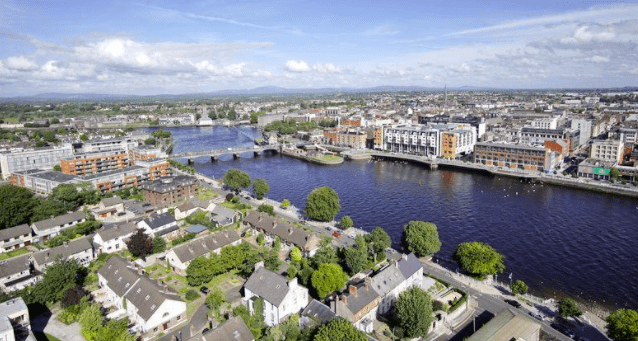I have a Revenue-approved small self-administered pension (SSAP) fund with €300,000 in cash. I would like to invest it in building a house for rent. The house would be owned by the fund and the rental income paid into that. I have identified a site in Limerick. Can my SSAP fund purchase the site, apply for planning permission, and engage a builder, with the whole project managed by a property management company? I have sufficient funds in my SSAP to undertake all work without borrowing.
–B, Co Clare
It sounds like you have identified an opportunity to add significant value to a development site.
Property investment is increasingly done via pensions
Property investment is one of the main reasons people in Ireland establish Small Self-Administered Pension Schemes (SSAPS). In fact, as the buy-to-let sector professionalises in Ireland, it looks like pensions will be the main way regular people can invest in property to generate strong returns.
The reason is simple: tax.
Invest directly in rental property in Ireland and you’ll be taxed up to 52% on the income it generates, plus 33% on gains when you sell.
These tax burdens disappear if you purchase the property using your pension. That accelerates your wealth.
Your employer can contribute to a SSAPS tax-free, and you can claim tax relief on contributions from your salary. Growth in the value of the pension is not taxed.
On retirement you can take up as much as €200,000 as a tax-free lump sum, and retain your property as you draw a regular income from the pension.
Managing a rental property through a SSAPS is more profitable too. The costs, such as land purchase, building, and professional services are borne by the pension. When rent starts to flow, it is not taxed.
As with any buy-to-let, you can gear your investment by raising a mortgage against the property, potentially increasing returns further. And if you sell the property, any capital gain is tax-free.
Navigate the rules with care
As you might expect, given these freedoms, the taxman has set some rules.
Essentially, everything needs to be done on an arm’s length basis. That means, for example, that you can’t sell land or property you already own into your pension.
If you’re building a property, the contractors you use need to be hired at arm’s length. And flipping is not permitted – typically you’d need to hold the investment for two or more years.
Three ingredients for a successful self-administered pension
At Moneycube we find successful SSAPS have three ingredients.
1. The plan
Firstly, the owner of the pension has a clear plan – for example, having a target property, in a market you understand.
2. The portfolio
Secondly, they diversify. Your pension pot will likely be growing, through fresh contributions as well as rental income. Leaving this growth in cash will destroy value – particularly in a negative interest rates environment. Over-exposure to property on a small island isn’t the answer either. Smart SSAPS holders use their cashflow to invest in a broader, more international portfolio beyond property.
3. The team
Lastly, they assemble the right team to make it happen. Generating wealth through a SSAPS will have costs – for good investment advice and assessing project viability, for trustees to oversee governance, and for the property itself. That investment starts to pay off once your pension pot has scale – we would say €300,000 is a minimum.
It sounds like the three ingredients are present here, and there is a strong long-term opportunity to take advantage of this property investment opportunity using your SSAPS.
This article is adapted from a piece we recently wrote for the Sunday Times. You can read the original article here.










